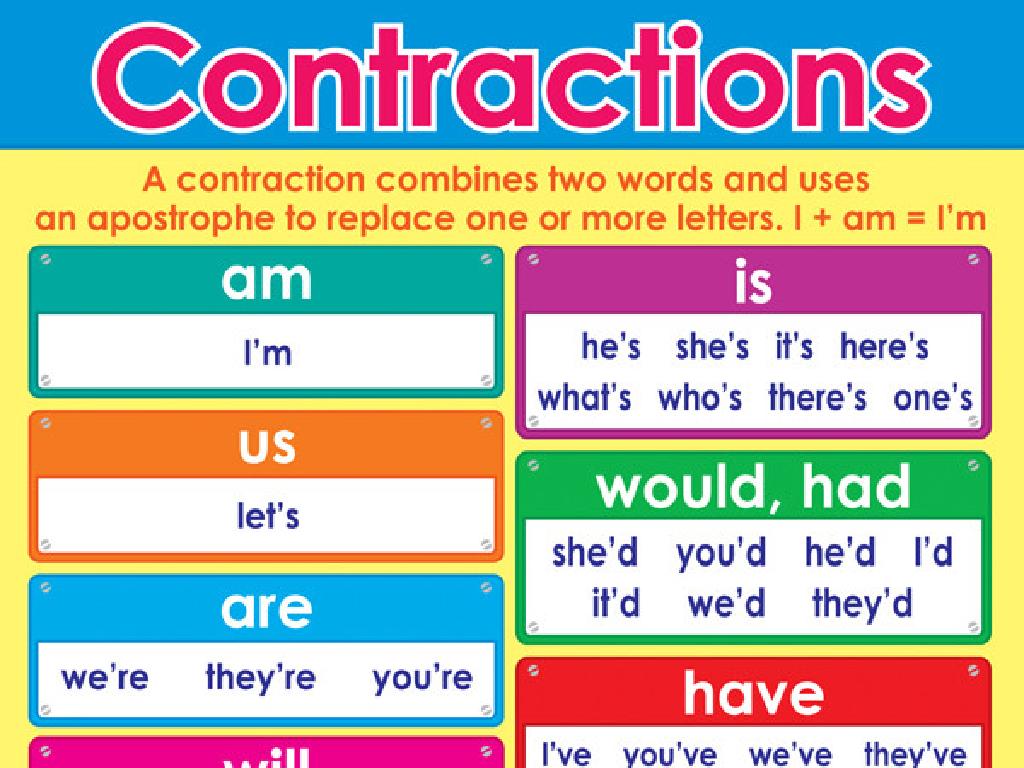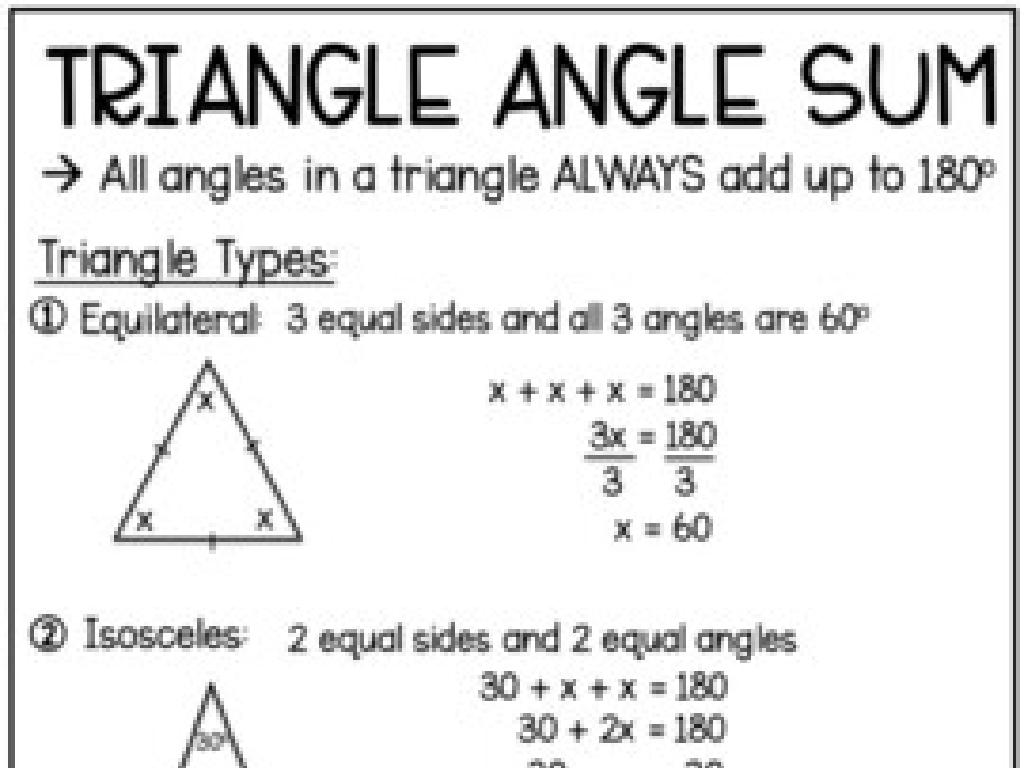Evaluate Tests Of Engineering-Design Solutions
Subject: Science
Grade: Eighth grade
Topic: Engineering Practices
Please LOG IN to download the presentation. Access is available to registered users only.
View More Content
Evaluating Engineering-Design Tests
– Understanding engineering-design solutions
– Focus: Evaluating design tests
– Importance of testing in engineering
– Testing ensures designs meet requirements and are safe for use.
– Criteria for successful testing
– Tests must be repeatable, accurate, and provide clear data.
|
This slide introduces students to the concept of evaluating tests within engineering-design solutions. It’s crucial for students to grasp that engineering is not just about creating designs but also about rigorously testing them to ensure they work as intended. Testing is a core part of the engineering process because it validates the design’s functionality, safety, and reliability. Discuss with students the criteria that make a test successful, such as repeatability, which allows results to be consistently reproduced; accuracy, which ensures the test measures what it’s supposed to; and clarity of data, which is essential for analyzing the test outcomes. Encourage students to think about how they might test their own designs and what criteria they would use to evaluate the results.
Understanding Engineering Design
– Define Engineering Design
– A systematic, iterative process for solving problems
– Explore the Design Process
– Identify problem, research, brainstorm, prototype, test, and improve
– Real-world Design Examples
– Bridges, software, household appliances
– Evaluating Design Solutions
– Assessing functionality, efficiency, and sustainability
|
This slide introduces students to the concept of Engineering Design, which is a foundational element in engineering practices. It’s important to explain that Engineering Design is a methodical approach to problem-solving that involves several steps, which should be iterated as needed to refine and improve the solution. Provide real-world examples that students can relate to, such as the design of bridges, software, or everyday items like toasters or bicycles. Emphasize the importance of evaluating each design solution against criteria like functionality, cost-efficiency, and environmental impact. Encourage students to think critically about how products they use in daily life are engineered and the various considerations that go into their design.
The Role of Testing in Engineering
– Purpose of design testing
– To ensure reliability, safety, and meet specifications
– Varieties of engineering tests
– Stress tests, usability tests, and environmental tests
– Testing’s impact on design
– Feedback from tests informs design refinements
– Iterative process of improvement
|
Testing is a critical phase in the engineering design process where engineers evaluate their prototypes to ensure they meet certain criteria and specifications such as reliability, safety, and functionality. Different types of tests, including stress tests to check material strength, usability tests to ensure user-friendliness, and environmental tests to assess impact on and by surroundings, are conducted. The results from these tests are crucial for identifying flaws and areas of improvement, leading to iterative refinements of the design. This process is repeated until the design meets the desired standards. Encourage students to think about how everyday products might have been tested and improved before reaching the market.
Evaluating Bridge Design through Testing
– Introduction to bridge engineering
– Explore the basics of bridge construction and design principles.
– Significance of testing designs
– Testing ensures safety, durability, and functionality.
– Real-world bridge test analysis
– Examine the process and results of a known bridge test case.
– Learning from testing outcomes
|
This slide introduces students to the field of bridge engineering, emphasizing the critical role of testing in the design process. Begin with an overview of bridge engineering, including types of bridges and the engineering concepts involved. Highlight the importance of testing bridge designs to prevent failures and ensure they meet safety standards. Analyze a real-world scenario where a bridge design was tested, discussing the methodology and findings. Encourage students to consider how testing informs improvements in design and what can be learned from the outcomes of these tests. This will help students understand the iterative nature of engineering design and the value of empirical evidence in evaluating solutions.
Evaluating Engineering Tests
– Criteria for evaluation
– Must be measurable, reproducible, and relevant to design goals.
– Analyzing test results
– Look for patterns, anomalies, and compare to predictions.
– Decision-making from outcomes
– Choose best solution based on reliability, efficiency, and safety.
– Iterative testing importance
– Continuous improvement through repeated testing and refinement.
|
When evaluating engineering tests, it’s crucial to establish clear, objective criteria that align with the goals of the design. Students should learn to analyze test results by identifying patterns and discrepancies from expected outcomes. Decisions should be made based on a comprehensive understanding of the test results, considering factors such as reliability, cost-effectiveness, and safety. Emphasize the importance of iterative testing – the process of refining the design based on test outcomes to enhance the solution. Encourage students to think critically about how each test brings them closer to the optimal design solution.
Group Activity: Design, Build, and Test
– Divide into small groups
– Design a simple structure
Consider factors like stability, material, and purpose
– Perform tests on your designs
Test for strength, durability, and functionality
– Discuss test outcomes
Share what worked and what didn’t, and why
|
This group activity is aimed at teaching students about the engineering design process through hands-on experience. Divide the class into small groups to encourage collaboration. Each group will design a simple structure, considering key engineering principles. They will then perform tests on their designs to evaluate strength, durability, and functionality. After testing, groups will discuss their outcomes, reflecting on the successes and failures of their designs. Provide materials for construction and testing. Possible activities: 1) Building a bridge from popsicle sticks and testing weight capacity. 2) Creating a paper tower to withstand a fan’s wind. 3) Designing a small catapult and measuring the distance it can launch a projectile. 4) Constructing a parachute and testing how it affects the speed of a falling object. 5) Assembling a simple vehicle and testing its speed and maneuverability.
Presenting Engineering Design Solutions
– Groups present their designs
– Discuss successes and failures
– Share what aspects were successful and which parts didn’t work as expected
– Class votes on best design
– Consider test results to determine the most effective solution
– Reflect on the engineering process
– Understanding the importance of iteration and learning from each design
|
This slide sets the stage for student groups to present their engineering design projects to the class. Each group will explain their design process, the tests they conducted, and the outcomes of those tests. It’s crucial for students to discuss both the successful elements and the failures to foster a learning environment where trial and error are part of the learning process. After presentations, the class will engage in a voting process to select the most effective design based on the presented test results. This activity encourages critical thinking and analysis of practical solutions. As a teacher, facilitate the discussion to ensure constructive feedback and guide students to understand that engineering is an iterative process where improvements are made based on test outcomes.
Reflecting on Engineering Tests
– Learning from engineering tests
– Testing is crucial for improving designs and ensuring safety.
– Applying test knowledge
– This approach can be used in science experiments and even in everyday problem-solving.
– Encouraging open discussion
– Addressing questions
|
This slide aims to consolidate the students’ understanding of the importance of testing in the engineering design process. Emphasize that testing is not just about finding what works, but also understanding why things fail, which leads to better designs. Encourage students to think about how the principles of testing and iterative improvement can be applied in other contexts, such as scientific inquiry or in their own lives when they are trying to solve problems. Open the floor for students to ask questions or share insights, fostering a collaborative learning environment. This is also an opportunity to assess understanding and clarify any misconceptions.
Class Activity: Bridge Building Challenge
– Build a model bridge with craft sticks
– Test bridge strength using weights
– Record the weight supported
– Note the maximum weight before collapse
– Evaluate the bridge design
– Discuss what worked and potential improvements
|
This hands-on activity is designed to give students practical experience with engineering principles. Students will work in groups to construct a bridge using craft sticks and glue, creatively thinking about design and structure. Once built, they will test their bridges by gradually adding weight until the bridge fails. They should record the maximum weight their bridge held. After testing, students will evaluate their design’s effectiveness and discuss what aspects of the design contributed to its strength or weakness. Possible variations for different groups could include using different materials, bridge designs, or weight types to encourage diverse problem-solving approaches.
Concluding Engineering Design Solutions
– Recap of evaluation methods
– Importance of iterative testing
– Testing and improving designs is crucial for success.
– Embrace failures as learning
– Each failure is a step towards a better design.
– Encouragement for budding engineers
– Keep innovating and applying your skills to real-world problems.
|
As we conclude our lesson on evaluating engineering-design solutions, it’s important to remind students of the various methods used to assess the effectiveness of a design. Emphasize the significance of continual testing and improvement in the engineering process. Encourage students to view failures as opportunities for learning and growth. Instill a sense of excitement for the field of engineering, urging them to apply their knowledge and creativity to solve complex problems and make a positive impact on the world. This slide aims to inspire future engineers to persevere and innovate.






